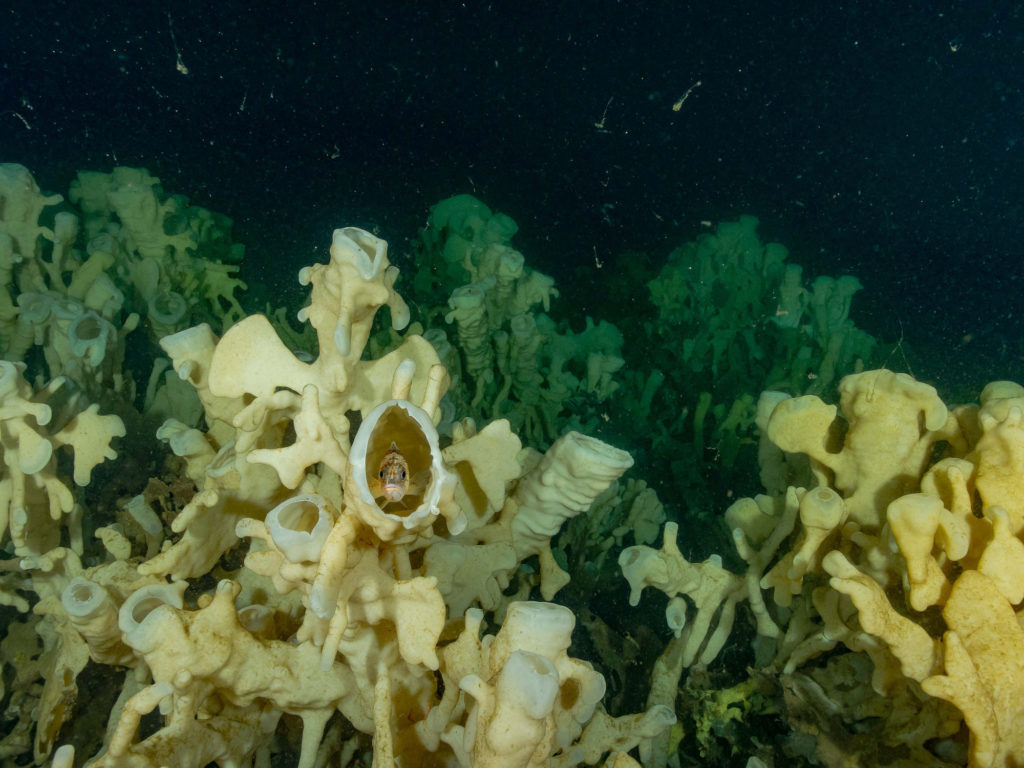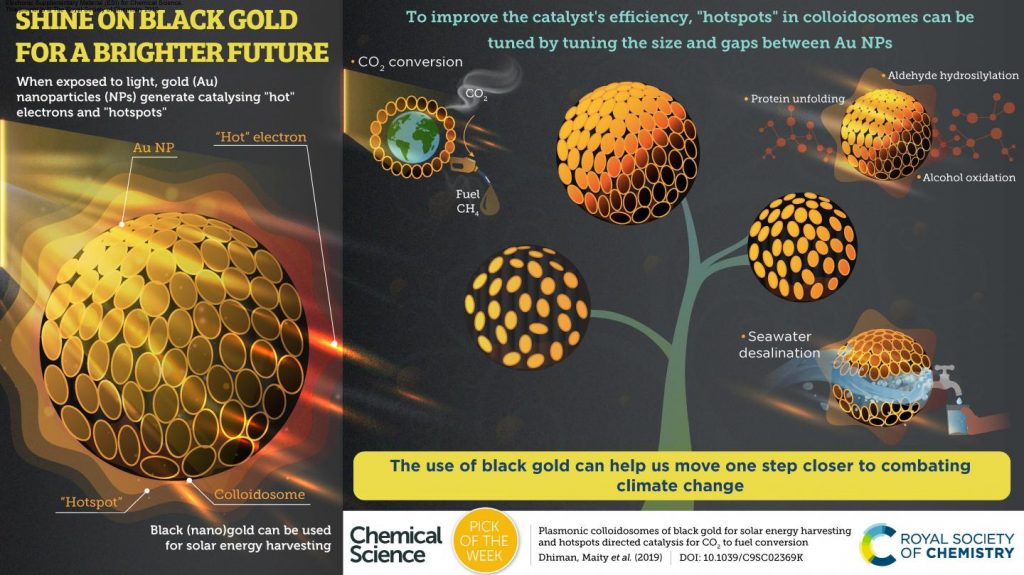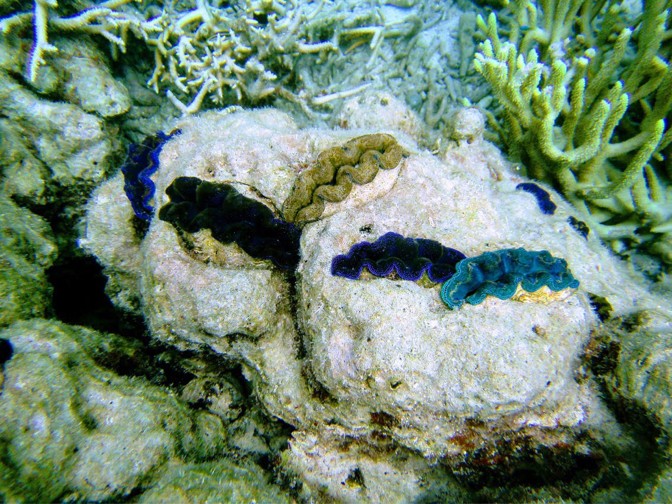I almost missed the briefing but the folks at the US National Science Foundation (NSF) kindly allowed me to join the meeting despite being 10 minutes late. Before launching into my comments, here’s what we were discussing,
From a September 20, 2023 NSF media briefing (received via email),
U. S. National Science Foundation Media Briefing on the Inaugural Global Centers Awards
Please join the U.S. National Science Foundation this Wednesday September 20th from 12:30 – 1:30 p.m. EST for a discussion and Q&A on the inaugural Global Centers Competition awards. Earlier this week, NSF along with partner funding agencies from Australia, Canada, and the United Kingdom — announced awards totaling $76.4 million for the inaugural Global Centers Competition. These international, interdisciplinary collaborative research centers will apply best practices of broadening participation and community engagement to develop use-inspired research on climate change and clean energy. The centers will also create and promote opportunities for students and early-career researchers to gain education and training in world-class research while enhancing diversity, equity, inclusion, and accessibility.
NSF will have a panel of experts on hand to discuss and answer questions about these new Global Centers and how they will sync talent across the globe to generate the discoveries and solutions needed to empower resilient communities everywhere.
What: Panel discussion and Q&A on NSF’s Global Centers
When: 12:30 – 1:30 p.m. EST, Wednesday, September 20th, 2023
Where: This briefing [is over.]
Who: Scheduled panelists include…
Anne Emig is the Section Chief for the Programs and Analysis Section in the National Science Foundation Office of International Science and Engineering
Dr. Tanya Berger-Wolf is the Principal Investigator for the Global Centers Track 1 project on AI and Biodiversity Change as well as the Director of the Translational Data Analytics Institute and a Professor of Computer Science Engineering, Electrical and Computer Engineering, as well as Evolution, Ecology, and Organismal Biology at the Ohio State University
Dr. Meng Tao is the Principal Investigator for the Global Centers Track 1 project Global Hydrogen Production Technologies Center as well as a Professor, School of Electrical, Computer and Energy Engineering at Arizona State University
Dr. Ashish Sharma is the Principal Investigator for the Global Centers Track 1 project Clean Energy and Equitable Transportation Solutions as well as the Climate and Urban Sustainability Lead at the Discovery Partners Institute, University of Illinois System
Note: This briefing is only open to members of the media
I’m glad to have learned about this effort and applaud the NSF for its outreach efforts. By comparison, Canadian agencies (I’m looking at you, Natural Sciences and Engineering Council of Canada [NSERC] and Social Science and Humanities Research Council of Canada [SSHRC]) have a lot to learn.
There’s a little more about the Global Centers Competition awards in a September 18, 2023 NSF news release,
Today [September 18, 2023], the U.S. National Science Foundation — along with partner funding agencies from Australia, Canada, and the United Kingdom — announced awards totaling $76.4 million for the inaugural Global Centers Competition. These international, interdisciplinary collaborative research centers will apply best practices of broadening participation and community engagement to develop use-inspired research on climate change and clean energy. The centers will also create and promote opportunities for students and early-career researchers to gain education and training in world-class research while enhancing diversity, equity, inclusion, and accessibility.
“NSF builds capacity and advances its priorities through these centers of research excellence by uniting diverse teams from around the world,” said NSF Director Sethuraman Panchanathan. “Global Centers will sync talent across the globe to generate the discoveries and solutions needed to empower resilient communities everywhere.”
Global Centers are sponsored in part by a multilateral funding activity led by NSF and four partner funding organizations: Australia’s Commonwealth Scientific and Industrial Research Organization (CSIRO), Canada’s Natural Sciences and Engineering Research Council (NSERC) and Social Science and Humanities Research Council (SSHRC), and the United Kingdom’s UK Research and Innovation (UKRI).
Both collectively and independently, the centers will support convergent interdisciplinary research collaborations focused on assessing and mitigating the impacts of climate change on society, people, and communities. Outcomes from Global Centers’ activities will inform and catalyze the development of innovative solutions and technologies to address climate change. Examples include: enhancing awareness of critical information; advancing and advocating for decarbonization efforts; creating climate change adaptation plans tailored to specific localities and groups; using artificial intelligence to study responses of nature to climate change; transboundary water issues; and scaling the production of next-generation technologies aimed at achieving net zero. Several projects include partnerships with tribal groups or historically Black colleges and universities that will broaden participation.
“The National Science Foundation Global Centres initiative provides students and researchers a platform to advance innovative and interdisciplinary research and gain education and training opportunities in world-class research while also enhancing diversity, equity, inclusion and accessibility,” said NSERC President Alejandro Adem. “We at NSERC look forward to seeing the outcomes of the work being done by some of Canada and the world’s best and brightest minds to tackle one of the biggest issues of our time.”
The awards are divided into two tracks. Track 1 are Implementation grants with co-funding from international partners. Track 2 are Design grants meant to provide seed funding to develop the teams and the science for future competitions. Many additional countries are involved in Track 2 and will increase global engagement.
There are seven Track 1 Global Centers that involve research partnerships with Australia, Canada, and the U.K. Each Track 1 Global Center will be implemented by internationally dispersed teams consisting of U.S. and foreign researchers. U.S. researchers will be supported by NSF up to $5 million over four to five years, while foreign researchers will be supported by their respective country’s funding agency (CSIRO, NSERC, SSHRC and UKRI) with a comparable amount of funds.
There are 14 Track 2 Global Centers that are at the community-driven design stage. These centers’ teams involve U.S. researchers in partnerships with foreign researchers from any country. NSF will provide the U.S. researchers up to $250,000 of seed funding over a two-year period. These multidisciplinary, international teams will coordinate the research and education efforts needed to become competitive for Track-1 funding in the future.
“Our combined investment in Global Centers enables exciting researcher and innovation-led international and interdisciplinary collaboration to drive the energy transition,” said UKRI CEO, Dame Ottoline Leyser. “I look forward to seeing the creative solutions developed through these global collaborations.”
Kirsten Rose, Acting Chief Executive of CSIRO, said as Australia’s national science agency, CSIRO is proud to be part of a strong national contribution to solving this critical global challenge. “Partnering with the NSF’s Global Centers means Australia remains at the global forefront of work to build a clean hydrogen industry, build integrated and equitable energy systems, and partnering with regions and industries for a low emissions future.”
Track 1 (Implementation)
- Global Hydrogen Production Technologies (HyPT) Center
Grant number: 2330525
Arizona State University and U.S. partner institutions: University of Michigan, Stanford University and Navajo Technical University.
Quadrilateral research partnership with Australia, Canada, and the U.K.
Critical and Emerging Tech: green hydrogen (renewable energy generation).
- Electric Power Innovation for a Carbon-free Society (EPICS)
Grant number: 2330450
The Johns Hopkins University and U.S. partner institutions: Georgia Institute of Technology, University of California, Davis, and Resources for the Future.
Trilateral research partnership with Australia and the U.K.
Critical and Emerging Tech: renewable energy storage.
- Global Nitrogen Innovation Center for Clean Energy and Environment (NICCEE)
Grant number: 2330502
University of Maryland Center for Environmental Sciences and U.S. partner institutions: New York University and University of Massachusetts Amherst.
Trilateral research partnership with Canada and the U.K.
Critical & Emerging Tech: green ammonia (bioeconomy + agriculture).
- Understanding Climate Change Impacts on Transboundary Waters
Grant number: 2330317
University of Michigan and U.S. partner institutions: Cornell University, College of the Menominee Nation, Red Lake Nation and University of Wisconsin–Madison.
Bilateral research partnership with Canada.
Critical and Emerging Tech: N/A.
- AI and Biodiversity Change (ABC)
Grant number: 2330423
The Ohio State University and U.S. partner institutions: University of Pittsburgh and Massachusetts Institute of Technology.
Bilateral Research partnership with Canada.
Critical and Emerging Tech: AI.
- U.S.-Canada Center on Climate-Resilient Western Interconnected Grid
Grant number: 2330582
The University of Utah and U.S. partner institutions: University of California San Diego, The University of New Mexico, and The Nevada System of Higher Education.
Bilateral Research partnership with Canada.
Critical and Emerging Tech: AI.
- Clean Energy and Equitable Transportation Solutions
Grant number: 2330565
University of Illinois at Urbana-Champaign and U.S. partner institutions: University Corporation for Atmospheric Research and Arizona State University.
Bilateral Research partnership with the U.K.
Critical and Emerging Tech: N/A
Track 2 (Design)
- Developing Solutions to Decarbonize Emissions and Fuels
Grant number: 2330509
University of Maryland, College Park.
International collaboration with Japan, Israel, and Ghana.
- Enhanced Wind Turbine Blade Durability
Grant number: 2329911
Cornell University.
International collaboration with Canada, the UK, Norway, Denmark, and Spain.
- Building the Global Center for Forecasting Freshwater Futures
Grant number: 2330211
Virginia Tech.
International collaboration with Australia.
- Climate Risk and Resilience: Southeast Asia as a Living Lab (SEALL)
Grant number: 2330308
University of Illinois at Urbana-Champaign.
International collaboration with Vietnam, Thailand, Singapore, and India.
- Climate-Smart Food-Energy-Water Nexus in Small Farms
Grant number: 2330505
The University of Tennessee Institute of Agriculture.
International collaboration with Argentina, Brazil, Guatemala, Panama, Cambodia, and Uganda.
- Center for Household Energy and Thermal Resilience (HEaTR)
Grant number: 2330533
Cornell University.
International collaboration with India, the U.K, Ghana, and Singapore.
- Enabling interdisciplinary wildfire research for community resilience
Grant number: 2330343
Oregon State University.
International collaborations with Australia and the U.K.
- SuReMin: Sustainable, resilient, responsible global minerals supply chain
Grant number: 2330041
Northwestern University.
International collaboration with Chile.
- Nature-based Urban Hydrology Center
Grant number: 2330413
Villanova University.
International collaboration with Canada, the U.K, Switzerland, Ireland, Australia, Chile, and Turkey.
- A multi-disciplinary framework to combat climate-induced desert locust upsurges, outbreaks, and plagues in East Africa
Grand number: 2330452
Georgia State University.
International collaboration with Ethiopia.
- US-Africa Research Center for Clean Energy
Grant number: 2330437
Georgia Institute of Technology.
International collaborations with Rwanda.
- Equitable and User-Centric Energy Market for Resilient Grid-interactive Communities
Grant number: 2330504
Santa Clara University.
International collaboration with Canada.
- Energy Sovereignty for Indigenous Peoples (ESIP)
Grant number: 2330387
University of North Dakota.
International collaboration with Canada.
- Blue Climate Solutions
Grant number: 2330518
University of Rhode Island.
International collaboration with Indonesia.
For Canadian researchers who are interested, there’s a National Science Foundation Global Centres webpage on the NSERC website, which answers a lot of questions about the programme from a Canadian perspective. The application deadline for both tracks was May 10, 2023 and there’s no information (as of September 20, 2023) about future competitions. Nice to see the social science and humanities included in the form of a funding agency. (I think this might be the one compliment I deliver to a Canadian funding initiative this year. 🙂
For American researchers, there’s the NSF’s Global Centers webpage; for UK researchers, there’s the United Kingdom’s Research and Innovation’s Global Centres in clean energy and climate change webpage; and for Australian researchers, there’s the CSIRO’s National Science Foundation Global Centers webpage. Application deadlines have passed for all of these competitions and there’s no information (as of September 20, 2023) about future competitions.
A few comments
News about local and international affairs (see Seth Borenstein’s September 20, 2023 Associated Press article “UN chief warns of ‘gates of hell’ in climate summit, but carbon polluting nations stay silent”) and one’s own personal experience with climate issues can be discouraging at times so it’s heartening to see these efforts. Kudos to the organizers of the Global Centers programme and I wish all the researchers success.
Given how new these centers are, it’s understandable that the panelists would be a little fuzzy about specific although they’ve clearly considered and are attempting to address issues such as sharing data, trust, and outreach to various stakeholders and communities.
I wish I’d asked about cybersecurity when they were talking about data. Ah well, there was my question about outreach to people over the age of 50 or 55 as so much of their planning was focused on youth. The panelists who responded (Dr. Tanya Berger-Wolf, Dr. Meng Tao, and Dr. Ashish Sharma) did not seem to have done much thinking about seniors/elders/older people.
I believe bird watching (as mentioned by one of the panelists) does tend to attract older people but citizen science or other hobbies/programmes mentioned may or may not be a good source for seniors outreach. Almost all science outreach tilts to youth including citizen science.
With the planet is not doing so well and with the aging populations in Canada, the US, many European countries, China, Japan, and I’m sure many others perhaps some new thinking about ‘inclusivity’ might be in order. One suggestion, start thinking about age groups. In the same way that 20 is not 30, is not 40, so 55 is not 65, is not 75. One more thing, perhaps take into account life experience. Something that gets forgotten is that a lot of the programmes that people take for granted and a lot of the technology people use today was developed in the 1960s (e.g. Internet). That old person? Maybe it’s someone who founded the UN’s Environment Program (I was teaching a nanotechnology course in a seniors programme and asked students about themselves; I was intimidated by her credentials).
In the end, this Global Center initiative is heartening news.





